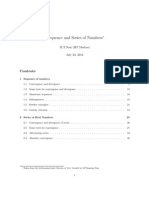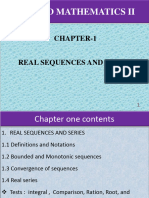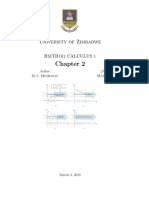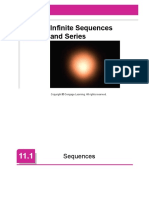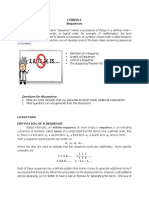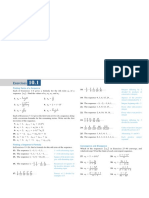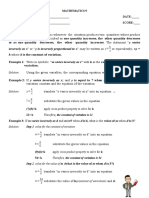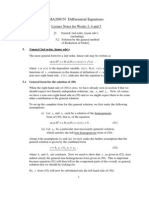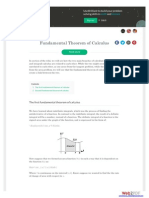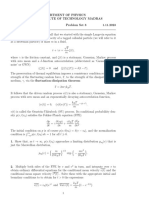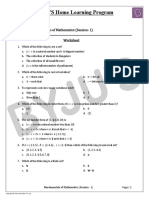0% found this document useful (0 votes)
50 views13 pagesMath 155 Lecture Notes Section 9,1
The document defines and provides examples of sequences. Some key points:
- A sequence is a function whose domain is the set of positive integers, usually denoted with subscript notation.
- Examples of different types of sequences are given, such as recursively defined sequences, convergent sequences, and the Fibonacci sequence.
- Convergent sequences have a limiting value, denoted lim an, as n approaches infinity. These sequences exhibit asymptotic behavior when graphed.
- The document provides 14 examples of sequences and determines whether they converge or calculates their limiting value.
Uploaded by
Lune ElferdaousCopyright
© © All Rights Reserved
We take content rights seriously. If you suspect this is your content, claim it here.
Available Formats
Download as PDF, TXT or read online on Scribd
0% found this document useful (0 votes)
50 views13 pagesMath 155 Lecture Notes Section 9,1
The document defines and provides examples of sequences. Some key points:
- A sequence is a function whose domain is the set of positive integers, usually denoted with subscript notation.
- Examples of different types of sequences are given, such as recursively defined sequences, convergent sequences, and the Fibonacci sequence.
- Convergent sequences have a limiting value, denoted lim an, as n approaches infinity. These sequences exhibit asymptotic behavior when graphed.
- The document provides 14 examples of sequences and determines whether they converge or calculates their limiting value.
Uploaded by
Lune ElferdaousCopyright
© © All Rights Reserved
We take content rights seriously. If you suspect this is your content, claim it here.
Available Formats
Download as PDF, TXT or read online on Scribd
/ 13





